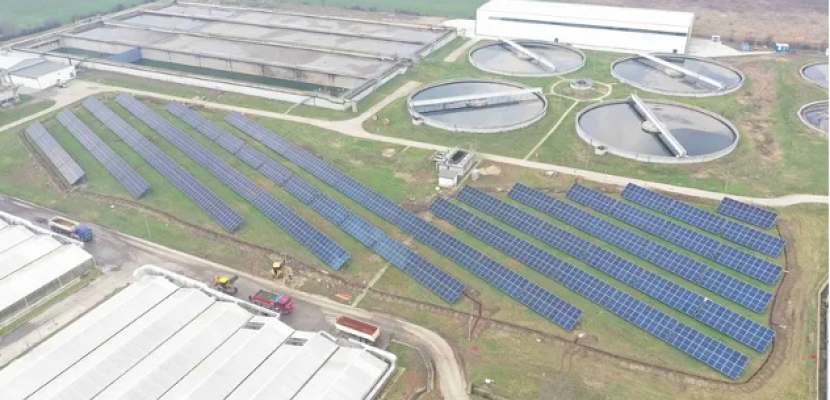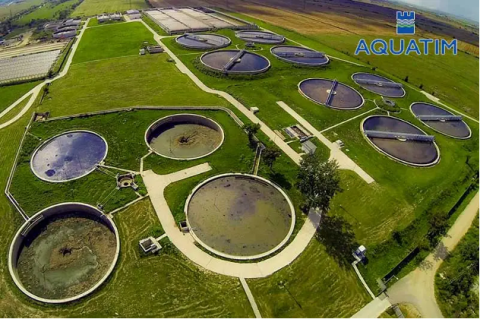
Aquatim – Mud energy recovery project

About this good practice
Water infrastructure and sewerage, coming from domestic, commercial and industrial sources are increasing problems for the citizens of West Region in the last years. A local, but also national problem is the removal of surplus biological sludge, as Timisoara has a unitary sewerage system, meaning that industrial and rainwater are colected together.
But sludge can have negative effects on human health, with toxic substances that can be present in soil, plant crops, animals. So, Aquatim SA, the regional operator of public utility services, water supply and sewerage, in the area of Timiș county is implementing a circular economy project. At the beginning of 2022 the project of building a new treatment plant, using the funds of Large Infrastructure Operational Program (ERDF, Cohesion Funds and own co-financing) has been signed. This super generator will shift from the current process of cleaning the organic substance contained in sludge towards an eco-friendly solution, using the pyrolysis process. The proposed technology is TWO (Thermal Waste Oxidation), consisting of a first step of pyrolysis of dry sludge to 80% dry matter by heating to a temperature of 280-320°C, in the absence of oxygen, with the generation of a synthesis gas. In the second stage, the gas is burned and the resulting heat is used to dry the sludge and generate electricity.
The beneficiaries are around 539,000 inhabitants, of which 95% benefit from a centralized water supply and 74% from sewage.
Expert opinion
Resources needed
Total value – 10.35 MEUR, excluding VAT
Evidence of success
A lot of energy is used for drying the mud during the current process of cleaning the organic substance from the sludge and the daily disposed dried mud quantity is around 100 tons. The drying process costs are high, and disposal started to be difficult in West Region.
The thermal energy is used to reduce the volume of the substance which will be reduced from 100 t/day to 12 t/day and so evacuation and transport costs will be greatly reduced.
Potential for learning or transfer
The learning potential is clear and know-how can be transferred to other municipalities interested in environmentally friendly solutions for sludge recovery and secure funding for the initiative.
Additional energy for the heating of technological spaces and production of electricity (~300 Kwh) system will be produced. The energy recovery system for sludge will be sized for an amount of 1.16 tones of dry matter sludge per hour, which is about 91 tones of dehydrated sludge (at a minimum of 28% dry matter) per day. At the end of the project the plant will operate without fuel input and will comply with all the requirements of the legislation in force both at national and European level.
Further information
Sludge incinerator site
Images

Documents
Good practice_Aquatim.pdf
Website
Good practice owner
You can contact the good practice owner below for more detailed information.
